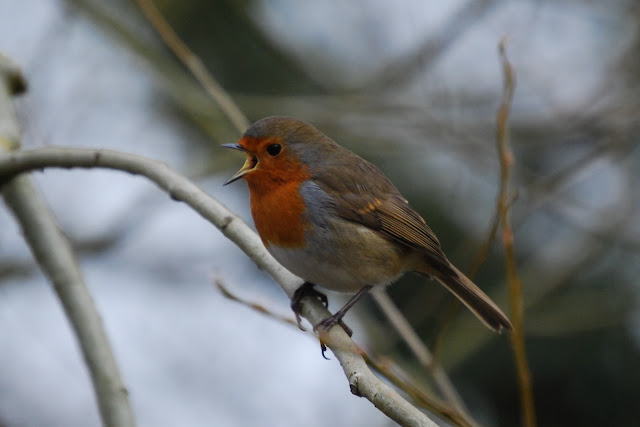 |
Small Copper
In Dutch: Kleine Vuurvlinder. In Latin: Lycaena Phlaeas.
MAE © 2012
|
Back to the Small Copper; I have only seen one ever, but it is a beautiful little insect. You can find them almost anywere, which is just as well, since I only spotted this one.
Today I finally spotted butterflies again. In fact they are all from the same family: the Nymphalidae. All three are active in the early Spring and can be found in open landscape and grassland. They are the Comma, the Peackock (both seen today at Copse Wood, Middlesex) and the Small Tortoiseshell (seen earlier today at Croxley Common Moor) respectively.
I did see one or two Brimstones as well (in Dutch: Citroenvlinder. In Latin: Gonepteryx Rhamni) but they did not want to be caught in front of my camera. Let's just hope there will indeed be more butterflies this year. The signs were positive today, since they were all chasing each other in packs of four. These proceedings have hopefully resulted in some reproduction.
 |
Comma
In Dutch: Gehakkelde Aurelia. In Latin: Polygonia C-Album.
MAE © 2013
|
 |
| Peacock In Dutch: Dagpauwoog. In Latin: Inachis Io. MAE © 2013 |
 |
| Small Tortoiseshell In Dutch: Kleine Vos. In Latin: Arglais Urticae MAE © 2013 |






